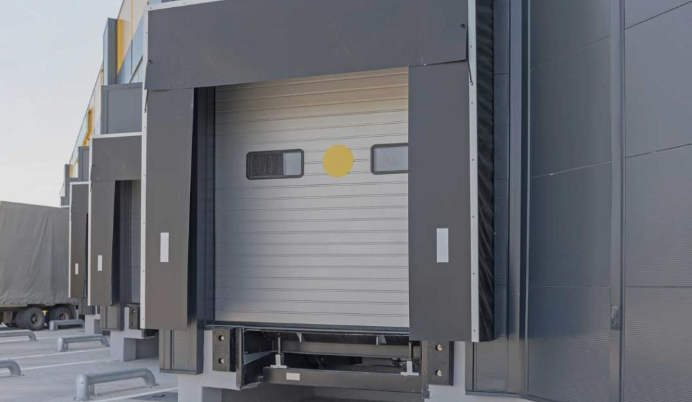Commercial dock construction plays a crucial role in the success of businesses that rely on shipping and receiving goods. Whether it is a warehouse, manufacturing facility, or distribution center, having a well-designed and efficient dock can significantly improve operations and productivity. In this article, we will explore the key factors that businesses need to consider when constructing a commercial dock and how they can maximize efficiency and functionality.
Designing a Functional Layout
The first step in maximizing efficiency and functionality in commercial dock construction is to design a layout that meets the specific needs of the business. This involves considering factors such as the size and type of goods being handled, the volume of shipments, and the types of vehicles that will be used for loading and unloading.
To begin with, it is important to determine the size and type of goods that will be handled in the commercial dock. This will help in determining the amount of space required for storage and handling of these goods. For example, if the business deals with large, heavy items, such as machinery or vehicles, the layout should include ample space for maneuvering and storing such items.
The volume of shipments is another crucial factor to consider. If the business deals with a high volume of shipments, it may be necessary to allocate more space for staging areas, where goods can be sorted and organized before loading or unloading. Additionally, having multiple loading and unloading bays can help to streamline operations and reduce waiting times.
The types of vehicles to be used for loading and unloading should also be taken into account. Different vehicles may require different access points and space requirements. For example, if the business uses forklifts for handling goods, the layout should include designated areas for their movement and storage.
Safety regulations and space limitations should not be overlooked. Compliance with safety regulations, such as fire safety measures and proper lighting, is essential to ensure a secure working environment. Space limitations should be carefully considered to avoid overcrowding and maximize the available area.
Choosing the Right Dock Equipment
Another important aspect of maximizing efficiency and functionality in commercial dock construction is selecting the right equipment. This includes choosing the appropriate dock levelers, dock seals or shelters, and vehicle restraints.
Considering Safety and Accessibility
Safety and accessibility are key considerations in commercial dock construction. It is important to design the dock with safety features such as non-slip surfaces, proper lighting, and clearly marked walkways. This helps reduce the risk of accidents and injuries, promoting a safe working environment for employees and visitors.
Additionally, ensuring accessibility for all individuals is crucial in commercial dock construction. This involves providing ramps or lifts for individuals with mobility challenges, as well as designing the layout to accommodate wheelchairs or other assistive devices. By making the dock accessible, it allows for equal opportunities and inclusion for all users. This includes employees, visitors, and customers, regardless of their physical abilities. Overall, prioritizing safety and accessibility in commercial dock construction is essential for creating a secure and inclusive environment.
Implementing Technology and Automation
Advances in technology have revolutionized the way commercial docks operate. Implementing technology and automation can significantly enhance efficiency and functionality. For example, businesses can utilize barcode scanning systems, RFID technology, and automated dock control systems to streamline processes and reduce human error.
Maintaining and Upgrading the Dock
Lastly, to ensure continued efficiency and functionality, businesses need to prioritize the maintenance and regular upgrading of their commercial dock. This includes routine inspections, repairs, and replacements of equipment and infrastructure. By addressing minor issues promptly, businesses can prevent major disruptions and costly downtime.
Regular maintenance and inspections of the commercial dock are crucial for businesses to maintain efficiency and functionality. By conducting routine inspections, businesses can identify any minor issues that may arise and address them promptly before they become major problems. This includes repairing or replacing equipment and infrastructure as needed. By investing in regular maintenance, businesses can prevent costly downtime and ensure that their operations run smoothly. Additionally, regular upgrades to the dock can help businesses stay up to date with the latest technologies and industry standards, further enhancing efficiency and functionality. Overall, prioritizing maintenance and regular upgrades of the commercial dock is essential for businesses to maximize productivity and minimize disruptions.
Conclusion
Commercial dock construction plays a vital role in the success of businesses that rely on shipping and receiving goods. By designing a functional layout, choosing the right equipment, considering safety and accessibility, implementing technology and automation, and maintaining and upgrading the dock, businesses can maximize efficiency and functionality. A well-designed and efficient commercial dock can result in faster turnaround times, increased productivity, and improved customer satisfaction. It is essential for businesses to prioritize the construction and maintenance of their commercial dock to stay competitive in today’s fast-paced business environment.

